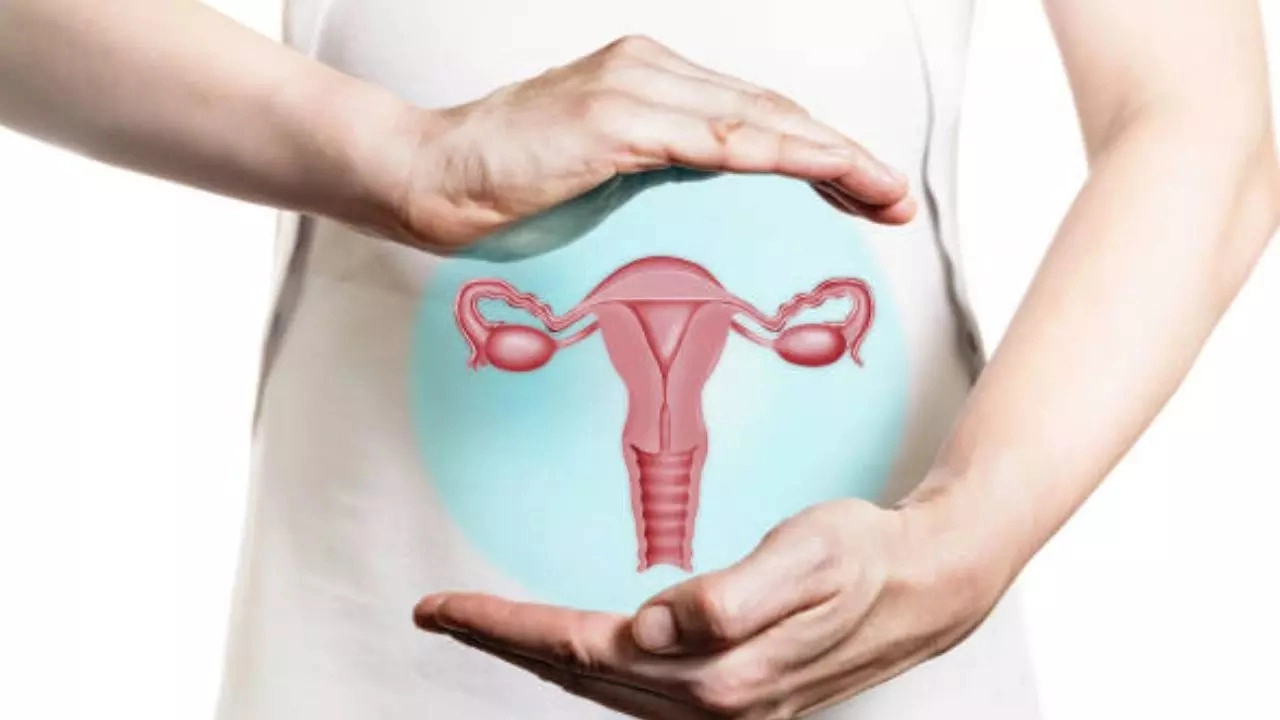Pallavi Mehra • 17 Jul 2024
Types Of Gynaecological Cancer Women Must Know: Expert Shares Causes, Symptoms, And Treatment

Types Of Gynaecological Cancer Women Must Know (Image Credits: iStock)
Cancer cases have been on the rise worldwide due to various factors. However, recent studies reveal a concerning rise in gynaecological cancer cases specifically where the female reproductive system is impacted that affects the uterus, ovaries, cervix, vagina, and vulva. According to the World Health Organization (WHO), over 1.3 million women annually are diagnosed with gynaecological cancers. The incidence of these cancers is on the rise, with cervical cancer alone accounting for over 300,000 deaths each year.
Despite advancements in medical research and treatment options, many women continue to face late-stage diagnoses, significantly impacting survival rates. For instance, ovarian cancer, often dubbed the "silent killer," is frequently diagnosed at an advanced stage, resulting in a five-year survival rate of just 49 per cent. Hence, it is essential to know the signs and symptoms for prompt and efficient treatment.
We got in touch with Dr Raman Narang, Senior Consultant - Medical Oncologist, Andromeda Cancer Hospital Sonipat who shares types, symptoms and treatment of gynaecological cancer. Dr Raman Narang shares that the term "gynaecological cancers" refers to a variety of diseases that impact a woman's reproductive system. Even though these tumours might be frightening, early diagnosis and therapy depend greatly on knowledge of the symptoms and risk factors.
Types and Symptoms Of Gynaecological Cancer
Dr Raman Narang explains various types of gynaecological cancer with causes and treatment. These include:
1) Uterine Cancer (Endometrial Cancer) - Uterine cancer, also known as endometrial cancer, is a prevalent form of gynaecological cancer that develops in the lining of the uterus, known as the endometrium. It primarily affects post-menopausal women but can occur in younger women as well. Early diagnosis and appropriate treatment are crucial for managing this cancer effectively and improving patient outcomes.
- Symptoms: Post-menopausal haemorrhage, abnormal vaginal discharge or bleeding, pelvic pain or pressure.
- Causes: obesity, higher estrogen levels, and hormone therapy without progesterone
- Treatment: Radiation therapy, chemotherapy, and surgery (hysterectomy).
2) Ovarian Cancer - Ovarian cancer is a serious and often aggressive form of cancer that originates in the ovaries, the reproductive organs responsible for producing eggs in women. It is known for its challenging early detection due to subtle symptoms, making awareness and regular medical check-ups crucial for early diagnosis and effective treatment.
- Symptoms: Urinary urgency, pelvic discomfort, and bloating or swelling in the abdomen.
- Causes: Age, BRCA1 and BRCA2 genetic abnormalities, family history of ovarian cancer.
- Medication: Chemotherapy, targeted therapy, and surgery (removal of the fallopian tubes and ovaries).
3) Cervical Cancer - Cervical cancer is a significant health concern affecting women worldwide. It originates in the cells of the cervix, the lower part of the uterus that connects to the vagina. Early detection through regular screenings and vaccination against human papillomavirus (HPV) are critical for improving outcomes and reducing mortality rates associated with this cancer.
- Symptoms: Abnormal vaginal bleeding, pelvic pain, pain during intercourse.
- Causes: Human papillomavirus (HPV) infection, smoking, weakened immune system.
- Treatment: Surgery (cone biopsy, hysterectomy), radiation therapy, chemotherapy.
4) Vaginal Cancer - Vaginal cancer is a rare type of cancer that begins in the cells of the vagina, the muscular tube that connects the uterus to the outer genitals. It can affect women of any age, but it is most commonly diagnosed in older women. Early detection and appropriate treatment are essential for managing vaginal cancer effectively.
- Symptoms: Abnormal vaginal bleeding, vaginal discharge, pelvic pain.
- Causes: Age, history of cervical cancer, exposure to diethylstilbestrol (DES).
- Treatment: Surgery (removal of affected tissues), radiation therapy, chemotherapy.
5) Vulvar Cancer - Vulvar cancer is a rare form of cancer that begins on the outer surface of the female genitalia, known as the vulva. It primarily affects older women and requires early detection and appropriate medical intervention for effective management.
- Symptoms: Itching, pain, changes in skin colour or thickness, ulcers or sores.
- Causes: HPV infection, chronic skin conditions (lichen sclerosis), smoking.
- Treatment: Surgery (removal of the affected area), radiation therapy, chemotherapy.
Diagnosis and Treatment
Dr Raman Narang shares that there are different ways to diagnose cancer, that includes:
- Physical Examination: Pelvic exam to look for reproductive organ anomalies.
- Imaging Tests: MRI, CT scan, and ultrasound to determine the cancer's extent.
- Biopsy: The removal of tissue for microscopic inspection to confirm the presence of malignancy.
Treatment
- Surgery: Designed to remove the malignant tissue, surgery is often the first line of treatment for gynaecological cancers.
- Radiation Therapy: Targets and eliminates cancer cells with high-energy radiation.
- Chemotherapy: Medicines that either eradicate cancer cells or stop them from proliferating; frequently used in conjunction with radiation or surgery.
- Targeted Therapy: medications that target particular molecules implicated in the growth of cancer; effective against some forms of cervical and ovarian malignancies.